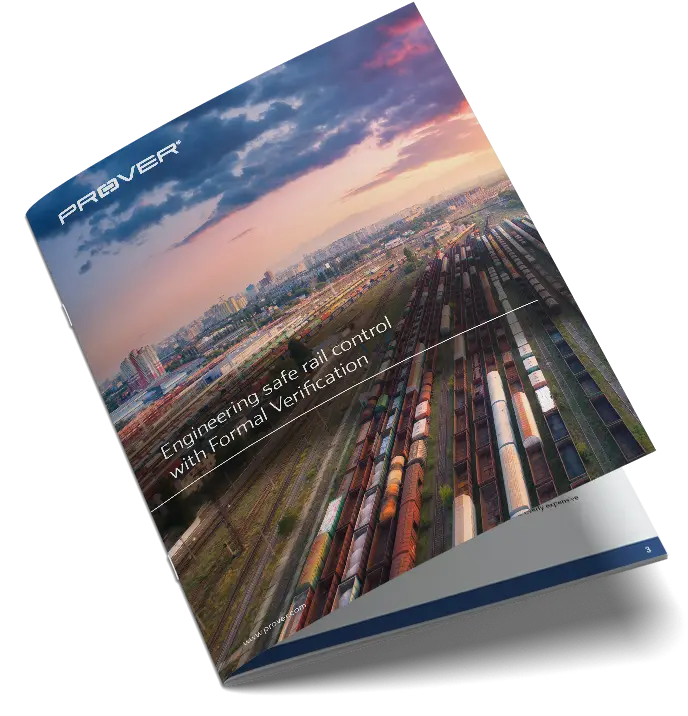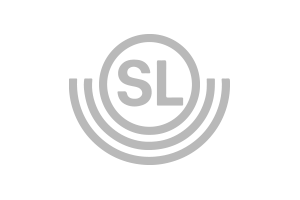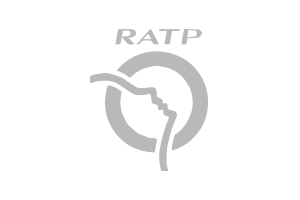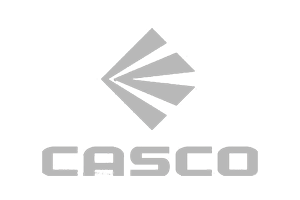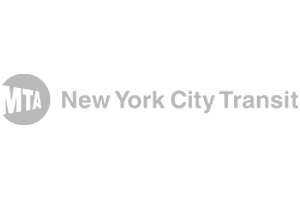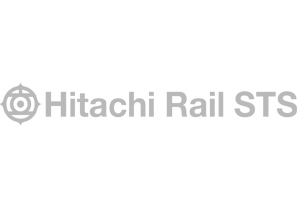Increased complexity drives the need for formal safety verification
Rail control and signaling systems are becoming increasingly complex, making traditional verification methods both time-consuming and expensive. Prover’s Formal Safety Verification solution leverages mathematical proof and automation to deliver 100% safety coverage, ensuring your system is secure, reliable, and compliant from the earliest stages of development.
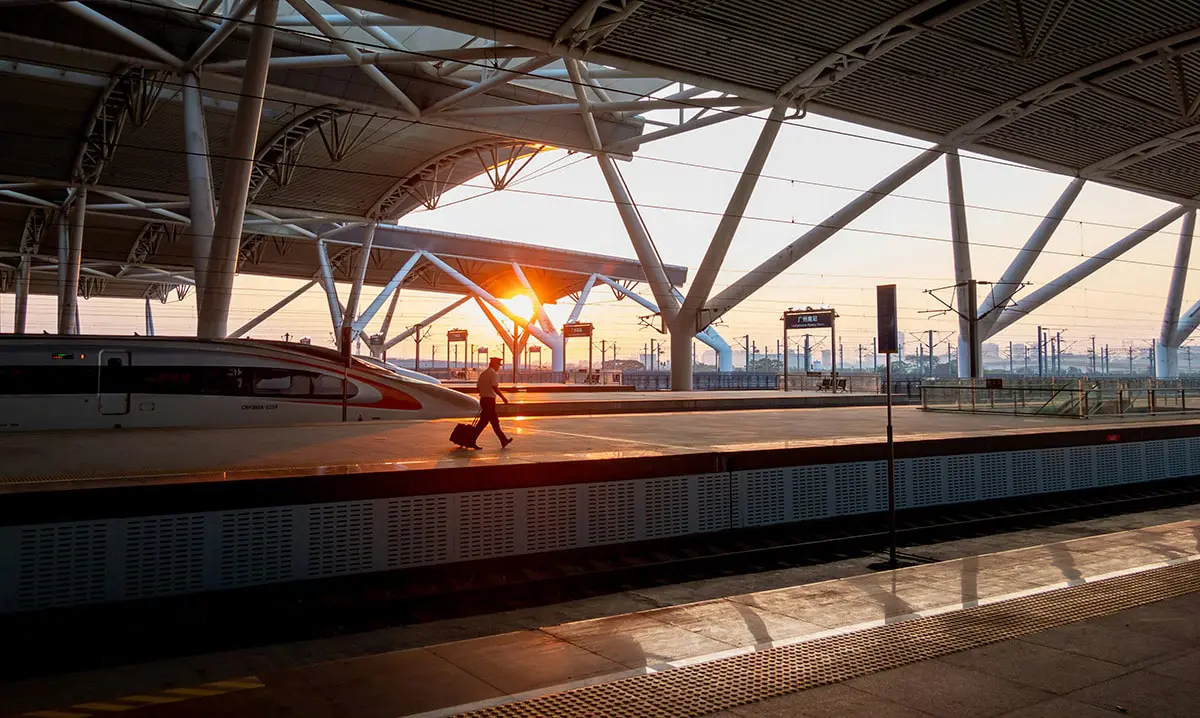
Rail control systems evolve, making safety verification more challenging
As digital rail control systems evolve, so do the challenges in validating their safety. Manual testing and reviews are no longer sufficient; they are expensive, slow, and can’t guarantee complete safety. Meanwhile, the cost of missed errors or late-stage discoveries can cause severe project delays or system failures.
Formal Safety Verification solves this by detecting issues early, automating key processes, and providing irrefutable safety proof, making it the optimal solution for modern signaling projects.
What is formal safety verification?
Formal verification is a mathematical method for proving that a system meets its safety requirements. Unlike conventional testing, it ensures full coverage of possible scenarios and eliminates the chance of untested safety issues. Using formal languages and model-based development, requirements are translated into machine-verifiable logic and automatically proven using formal methods.
This approach guarantees:

Why choose formal safety verification?
Our tools & process
Prover’s formal safety verification workflow starts by formalizing safety requirements, often derived from safety hazard analyses, in a language like HLL. System models are built, and automated model checking validates that all requirements are satisfied.
If an issue is found, the system generates counterexamples to aid debugging. The process concludes with formal safety evidence that supports certification efforts.
We support this with a powerful, integrated toolchain:
Case studies
Real-world results
Leading rail operators and suppliers have successfully adopted Prover’s Formal Safety Verification solution:
In this project Prover collaborated with RATP in creating a formal verification solution to meet RATP demand for safety verification of interlocking software. RATP had selected a computerized...
New York City Transit (NYCT) is modernizing the signaling system in its subway by installing CBTC and replacing relay-based interlockings with computerized, solid state interlockings (SSIs).
Take the first step toward improving your safety verification process.
Let’s explore how formal methods can benefit your systems:
- Review your current safety verification setup
- Identify gaps and opportunities
- Plan the path to full formal safety assurance
Fill out the form, and we’ll contact you to schedule a meeting.
